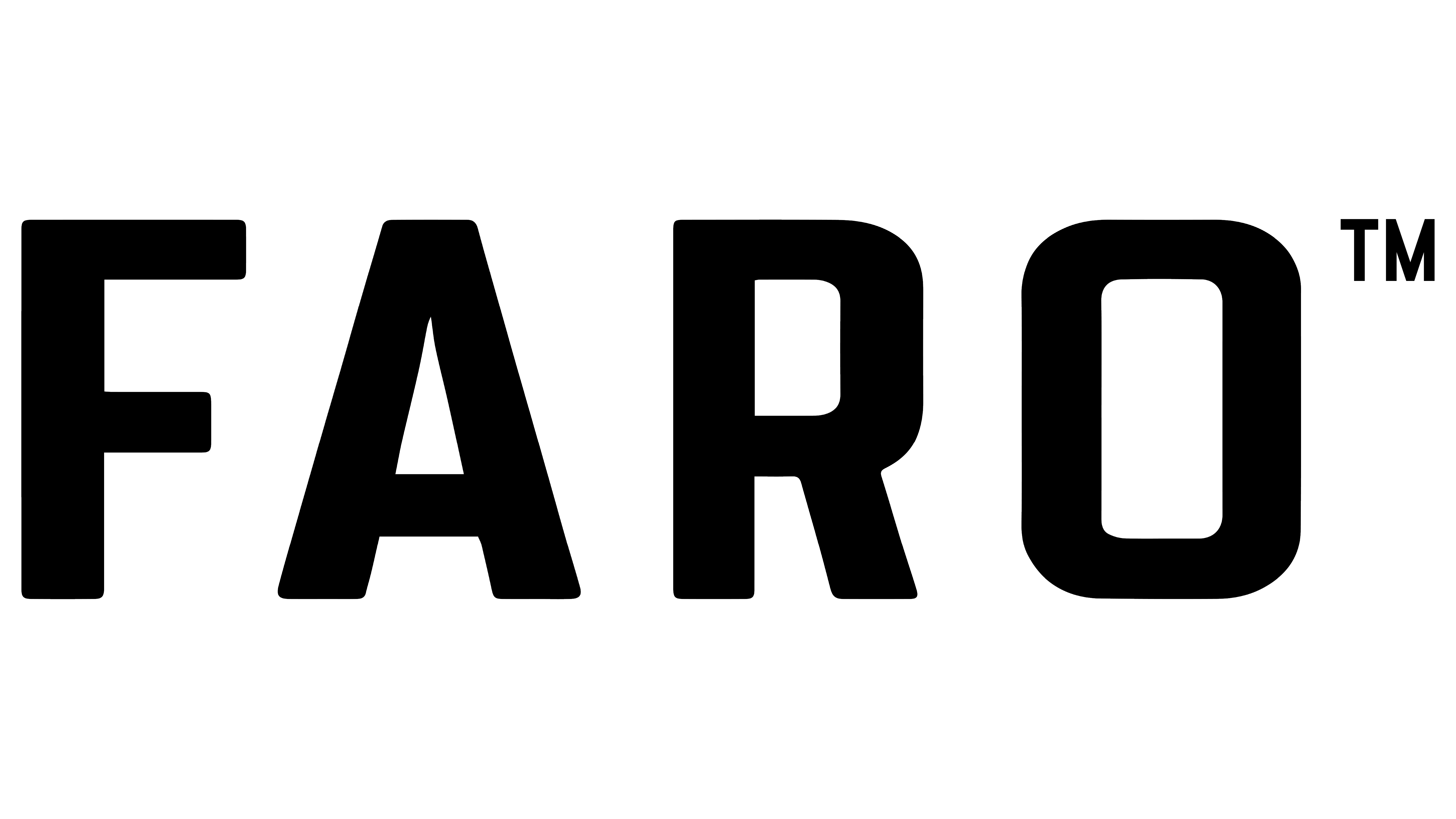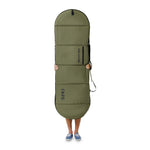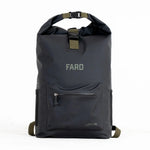Are you trying to figure out what size surfboard you need? Whether you're a complete beginner or looking to upgrade, understanding the size of a surfboard that suits your skill level and wave conditions is crucial. With countless surfboard styles and dimensions out there, choosing the right one can feel overwhelming.
In this guide, we’ll break down how to know what size surfboard to get, based on your body, experience level, and the type of waves you plan to ride. Let’s get started!
Understanding Surfboard Dimensions
Before selecting a board, it’s essential to understand surfboard measurements and how they affect your ride.
Here are the core surf dimensions to keep in mind:
-
Length: The length of a surfboard directly impacts paddling speed and stability. Longer boards glide better and are easier for beginners, while shorter boards offer better manoeuvrability for advanced surfers.
-
Width: Wider boards provide more balance and are ideal for small waves or learners. Narrower boards are faster and more responsive in bigger waves.
-
Thickness: This affects how well the board floats. Thicker boards are more buoyant and make paddling easier, particularly for heavier surfers.
-
Volume: Measured in litres, volume is the combination of the board’s length, width, and thickness. More volume = more float. High-volume boards are better for beginners because they help with balance and catching waves.
Surfboard compared to humans: A simple rule of thumb for beginners is choosing a board that’s about 1–2 feet taller than you. This ensures enough volume and stability as you learn.
Factors Influencing Board Size
When asking “how big is a surfboard that’s right for me?” consider these key factors:
1. Skill Level
-
Beginners need boards with more volume and stability.
-
Intermediate surfers can explore shorter boards with moderate volume.
-
Advanced surfers may prefer high-performance shortboards for tighter turns.
2. Weight and Height
-
Your body size affects how the board floats and handles. Heavier surfers should opt for more volume to maintain buoyancy.
-
Taller surfers often benefit from longer boards for better balance and control.
3. Wave Type
-
Small, slow waves: Go for a bigger board for easier paddling and wave-catching.
-
Fast or steep waves: A smaller board allows sharper turns and more control.
Choosing the Right Size
Wondering what size surfboard I should get? Here’s a quick breakdown:
For Beginners:
-
Longboards (8’0” – 9’6”) are perfect.
-
They offer lots of volume, which improves stability.
-
The ideal surfboard length for beginners is typically at least 8 feet.
-
Use a beginner surfboard size guide to match your weight with board volume.
For Intermediate Surfers:
-
Funboards or mini-mals (7’0” – 8’0”) are great transitional boards.
-
Slightly reduced volume and length, but still manageable.
For Advanced Surfers:
-
Shortboards (5’6” – 6’6”) are lightweight and agile.
-
Best for performing advanced manoeuvres in more powerful waves.
If you’re still wondering how to choose the right surfboard, remember: comfort and control are more important than style or brand.
Common Mistakes to Avoid
When deciding what length of surfboard you should get, steer clear of these errors:
-
Choosing based on looks or brand instead of performance.
-
Going too small too soon — high-performance boards are hard to control for beginners.
-
Ignoring your weight and height, which impacts balance and buoyancy.
-
Not asking for expert advice — surf shop pros or local instructors can provide helpful guidance.
Testing and Adjusting
Choosing your surfboard is just the beginning. The real test is in the water.
Try different boards and evaluate:
-
How well does it paddle?
-
Is it easy to catch waves?
-
How does it turn and glide?
Even subtle differences in dimensions can significantly affect how the board rides. Don’t hesitate to adjust or try different models until you find the perfect fit. Finding what size surfboard you need often comes down to personal feel and surfing goals.
Protecting Your Surfboard
Once you’ve found the right board, it’s crucial to protect your investment. Damage from travel, sun, or daily wear can shorten its lifespan.
Surfboard covers are your first line of defence. FARO makes high-quality, padded surfboard bags available in different sizes and styles. Whether you ride a longboard, shortboard, or fish, they have options that provide:
-
Snug fit for surfboard length, beginner or advanced boards
-
UV protection
-
Padding to prevent dings and cracks during transport
Make sure to choose a bag that matches your surfboard dimensions for a secure fit.
Conclusion
So, how long should your surfboard be? The answer depends on your experience, body type, and the kind of waves you’ll ride. By understanding surfboard measurements and knowing how to choose the right surfboard, you’re already ahead of the game.
Let’s recap:
-
Use your height and weight to guide board length and volume.
-
Beginners benefit from longer, thicker boards.
-
Don’t skip testing – every surfer’s sweet spot is different.
-
Protect your board with a proper case to ensure durability.
Whether you’re sizing your first board or upgrading your quiver, don’t forget to protect your investment. FARO Board Bags offers premium surfboard covers designed to fit a wide range of board sizes and styles. With the right board and the right protection, you’ll be riding waves with confidence in no time!






